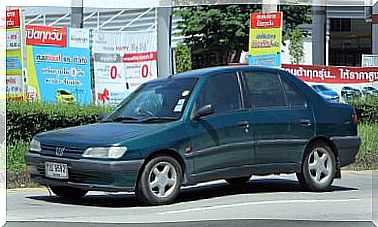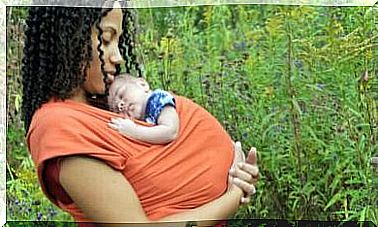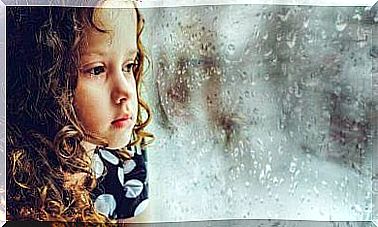4 Exercises For Children With Autism
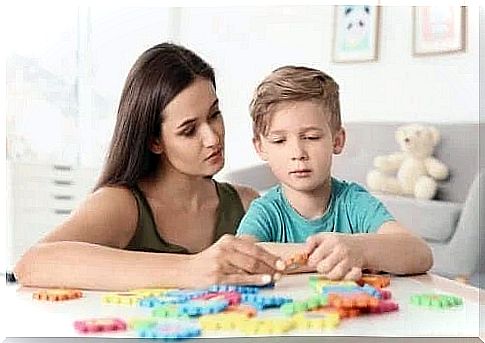
Autism spectrum disorder is a chronic, neurobiological dysfunction with a genetic basis that affects the configuration of the nervous system and brain function. Did you know that there are some beneficial exercises to motivate children with autism?
The symptoms of autism are related to social interaction and communication, as well as lack of flexibility in reasoning. They also include a restriction of interests and behavior. This is evidenced in the study published in the Journal of Neurology.
However, no two people with this neuropsychiatric syndrome have the same observable characteristics. Therefore, there are different categories of diagnosis depending on the degree of intensity and the ways in which these symptoms manifest.
Next, we will present a series of exercises or activities that will promote the stimulation of the cognitive abilities of children with autism.
4 exercises for children with autism
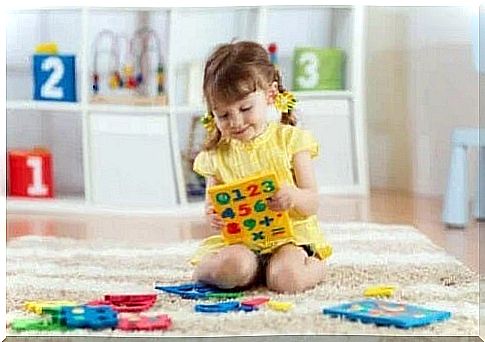
As a study published in the MMWR Surveillance Summaries points out, children with autism often have few interests. However, many are drawn to numbers. Due to their age, they are not able to understand the reasoning behind the calculations, but they like to play with objects.
In addition, they are really fascinated by attractive objects, so you can stimulate their natural interest in numbers by giving them beautiful toys. An example might be blowing up balloons and counting them.
You can also do classification activities based on different shapes or colors; this will help the little one to learn about categories and listing objects. To do this, you can use large LEGO pieces, paintings, small stuffed animals or balls.
This type of activity expands children’s interests and encourages them to interact with others around them.
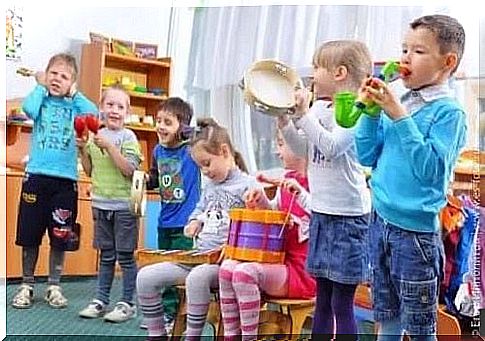
Music therapy is a discipline that can help with behavioral development. Musical expression works at the level of non-verbal language and promotes communication channels. This is especially true for those struggling with expressive functions, such as children with autism spectrum disorder.
These activities are focused on promoting emotional development and individual expressions. This is evidenced by a study published in the Cochrane Plus Library in 2008. You and your child can play together in a way that will help the little one recognize the sounds of his own body (for example, laughter, applause or yawning).
Recognition is the first step in control. Therefore, you should sit with the child and repeat the actions that cause those sounds. Then you and the child can work on naming them and giving them meaning.
Another interesting activity is for the little one to learn a short and repetitive song, which includes body gestures. The goal is for the little one to become interested in learning the song, while enjoying the whole process.
3. Imitation games
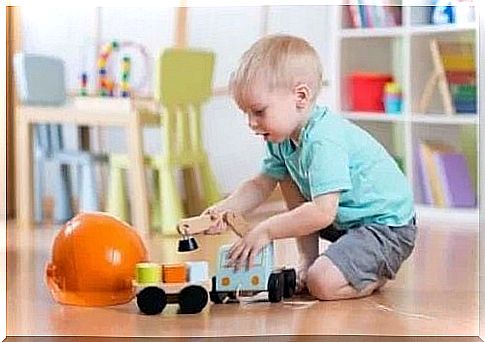
Reproducing or imitating a certain behavior can help the child understand the world around him. This can help him develop his social skills and is demonstrated by a study conducted by professionals at the Ibero-American University of Puebla, Mexico.
It is important that the activities are accompanied by a positive attitude. You should also be patient and not expect the little one to understand on the first try.
An interesting imitation game is drawing everyday movements, such as combing hair, brushing teeth, eating, and so on. You can also draw animals and teach the child the sounds they make. Then you can try to show the child the drawings of the animals and ask them to make the sounds they make and imitate their movements.
Since any activity that involves repetition is beneficial, you can invent your own activities based on the child’s interests. This will be even more attractive to your child.
4. Sport
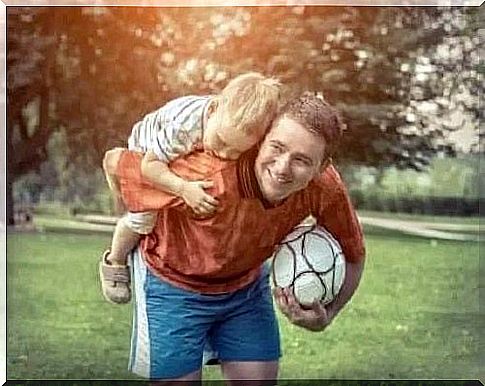
Physical activity helps to improve the child’s psychomotor skills and relationship with the environment. A study conducted by professionals from the University of Burgos, together with specialists from the Spanish Autism Confederation, shows that physical well-being improves the quality of life of those with autism.
Therefore, it is ideal to let the child move with other children. If this is not possible, you can create an obstacle course at home with soft toys or you can create a treasure hunt that involves running, jumping and other types of movements.
It is important for the little one to enjoy these activities so that he does not lose interest. So, you have to adapt the activities to the interests and needs of the child.
We hope that these exercises for children with autism will help improve the child’s development and social integration, while allowing you to spend quality time together.


